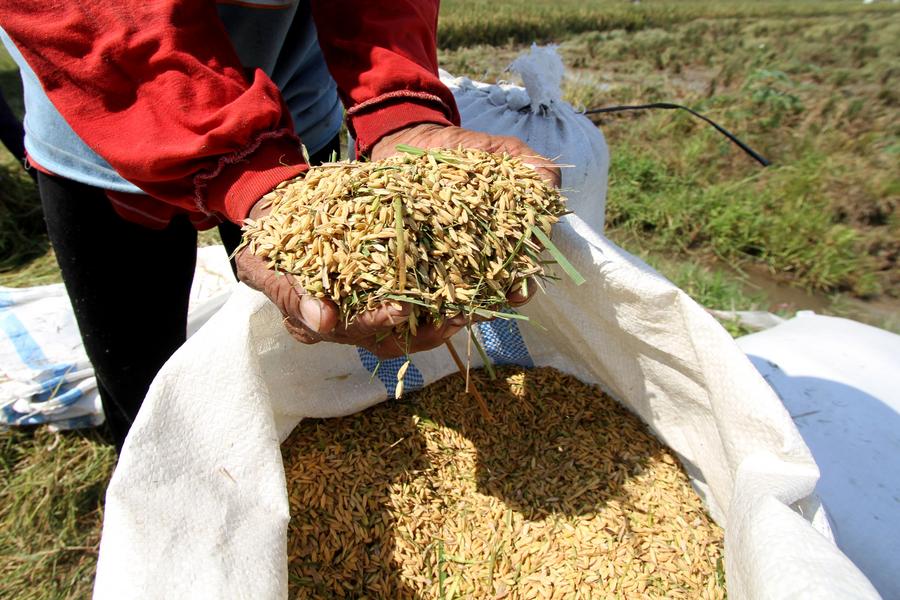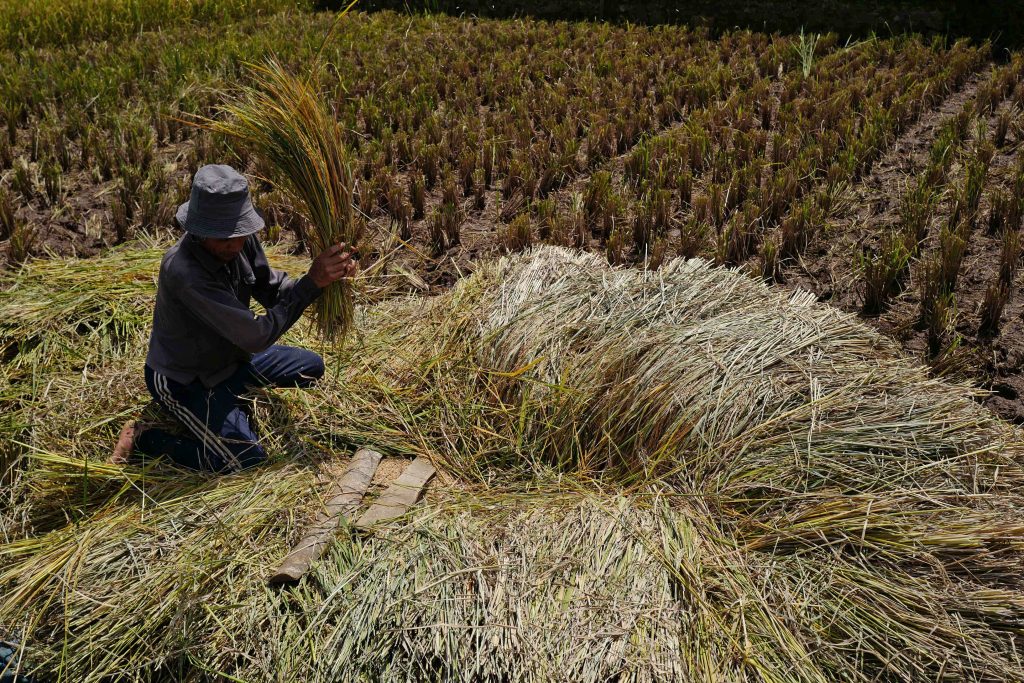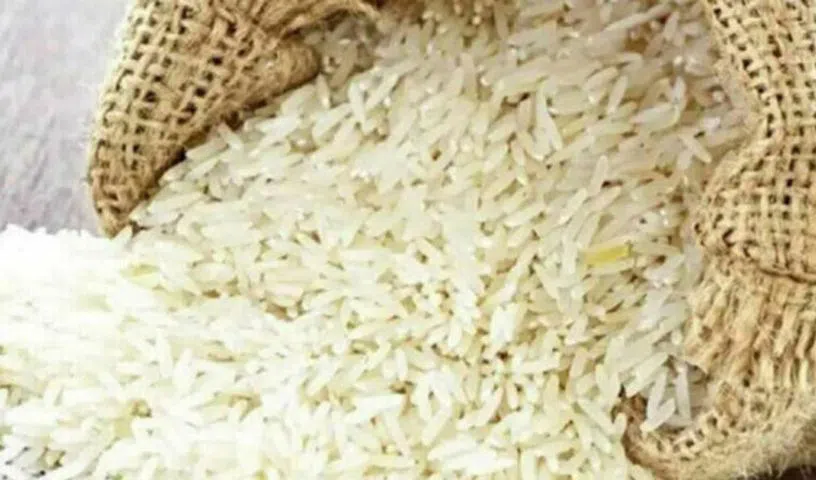Tags
Re-heating rice can put you at risk for this potentially fatal disease
How many times do you reheat the leftover rice you made? If it’s more than once and the weather is hot simultaneously, you may get fried rice syndrome!

Few things are as delicious as warm, fluffy rice. Unfortunately, however, rice can create ideal conditions for potentially dangerous bacteria to grow. Bacillus cereus, among other bacteria, is common on uncooked rice. Boiling rice alone is not enough to kill it because it produces spores that can tolerate heat.
After cooking, rice left at room temperature can host various bacteria as they multiply and release harmful toxins, and sometimes lead to B. cereus food poisoning, also known as “fried rice syndrome.” You can avoid this by being careful about how you prepare, cook and store your rice after cooking.
Preparation and storage of rice
Hand washing is always a good start when it comes to food preparation, and while washing rice can change its texture and get rid of insects or heavy metals lurking between the grains, it won’t get rid of B. cereus. This is because the bacteria are embedded in the grains, so they are not going anywhere.
After boiling rice, it should be served in its cooked state immediately or cooled quickly and put in a container in the refrigerator or freezer. Avoid leaving cooked rice outside for more than an hour.
How do you heat up rice?

Leftover rice can be microwaved, fried or steamed while reheating, but it is only safe to do so if the cooked rice is properly cooled and stored. If the rice has been outside for a few hours, reheating it might only increase the risks.
This is because warming, cooling, and warming again gives harmful bacteria like B. cereus a great opportunity to grow, increasing the chances of fried rice syndrome. Note that fried rice syndrome is not specific to fried rice, and you can get it from any food. However, fried rice recipes that call for leftover white rice are an easy place to stumble, as by the time your final dish is ready it has been reheated twice – and that’s just in the best-case scenario.
How dangerous is the fried rice syndrome?
B. cereus food poisoning can be fatal in severe cases, and although it has become known as fried rice syndrome, it can also occur in other foods such as pasta. A 2011 case study determined that a 20-year-old student died of B. cereus poisoning within 10 hours of eating five-day-old pasta. A similar case occurred in 2003 when a family ate 8-day-old pasta salad, resulting in the death of one man and the hospitalization of five children.
What are the symptoms of fried rice syndrome?
Fried rice syndrome often presents with vomiting and diarrhea triggered by the toxin B. cereus produces as it grows. In most cases, the disease will be limited and pass within a day or two, but for some people, it can progress and even be fatal.
Antibiotics are not effective because it is the toxin that causes the disease and not the bacteria, so the treatment is mainly focused on replenishing fluids until the worst symptoms of the digestive system have passed. This is why prevention is the best defense.
https://www.jpost.com/health-and-wellness/article-744472Published Date: May 29, 2023







